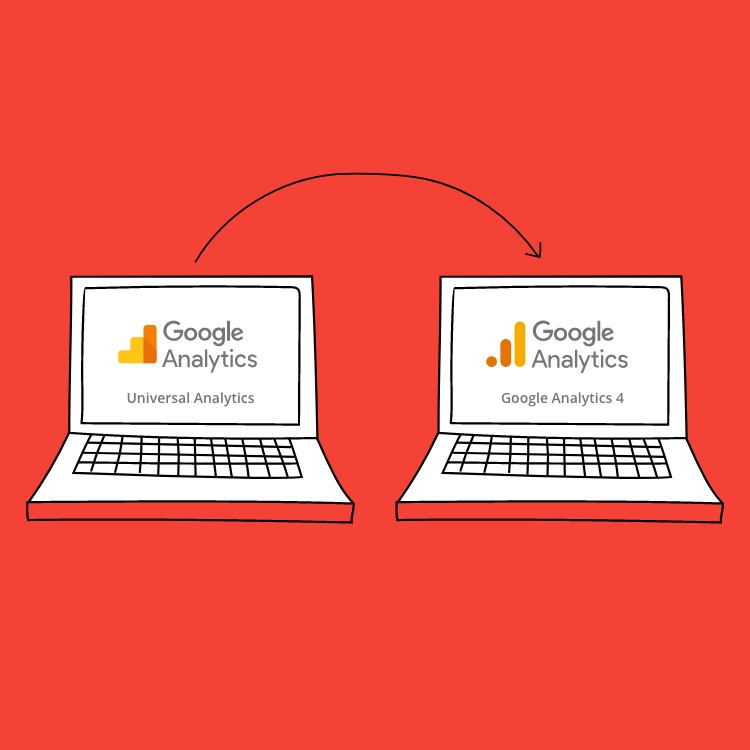It’s safe to say that Covid-19 has impacted more than how we interact with one another.
As a result, it’s hard to imagine digital marketing reverting back to the old normal, so as we look to the future of digital marketing, what can we expect to see?
We delve into the creative shift in the industry and the changes you’ll need to adapt to. So, embrace the future of digital marketing and move your business forward with our post-pandemic insights.
E-commerce has never been more important
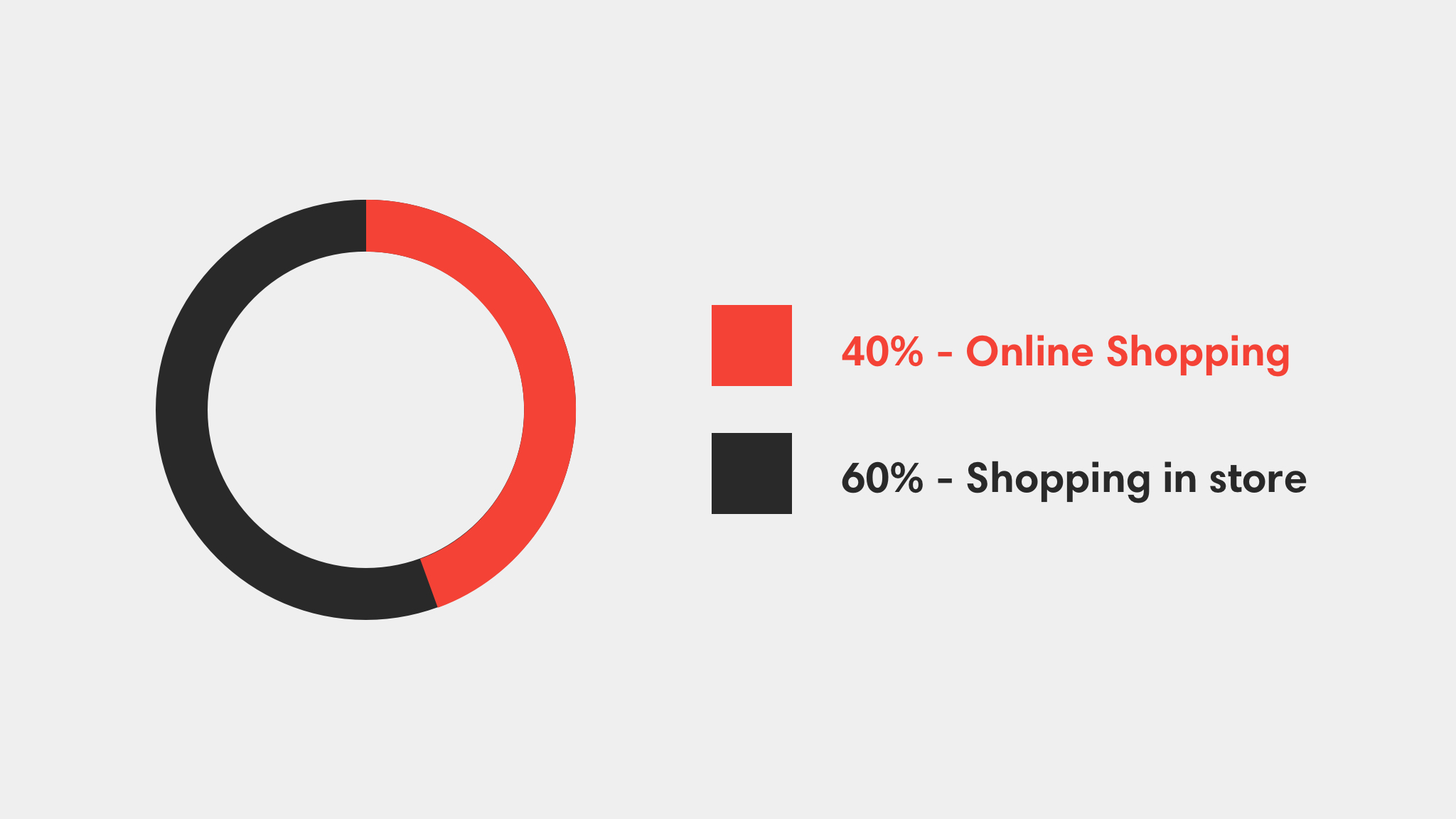
As of July 2021, online sales reached new heights, hitting £10 billion. With 40% of people choosing to shop from home and avoid physical stores.
Not only do customers feel safer placing orders online, but they’re also finding it’s a much more convenient way of shopping, whether it be takeaway orders and grocery deliveries or clothing brands and household items.
With Covid-19 being the driving force behind the e-commerce boost, businesses have taken to social media to upsell their products and services to reach new platforms and audiences. With e-commerce functionalities available on Instagram, Facebook and even TikTok, no stone has been left unturned with this one.
As we look towards the future of digital marketing, e-commerce certainly won’t be slowing down anytime soon.
Local marketing is invaluable
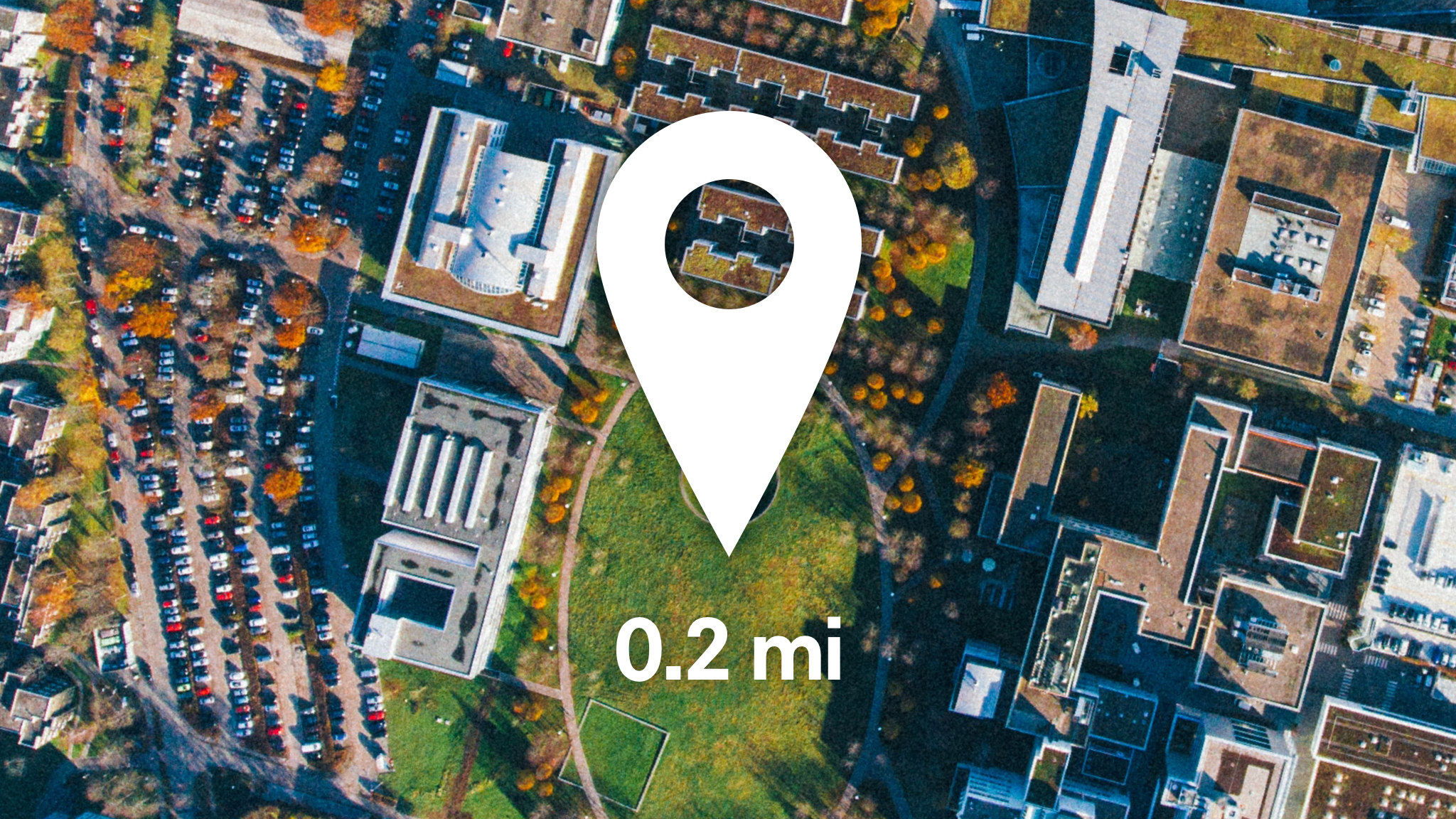
When the world came to a halt in 2020 and travel was restricted, customers were encouraged to stay within their local communities. As a result, local businesses were soaring with the keywords ‘local’ and ‘business’ up by 80% on Google Search.
This shift meant marketers needed to communicate with their customers in new ways and localise their content and messaging in order to future-proof their digital marketing strategy. As a result, consumers have realised the importance of supporting local business which is something we can expect to transpire in the future.
There has also been an increase in the number of online community groups, with Facebook stating that 98% of people in these groups felt a sense of belonging. This gives businesses the opportunity to create brand trust by meaningfully connecting with these niche audiences.
Paid search and brand marketing is the new combination
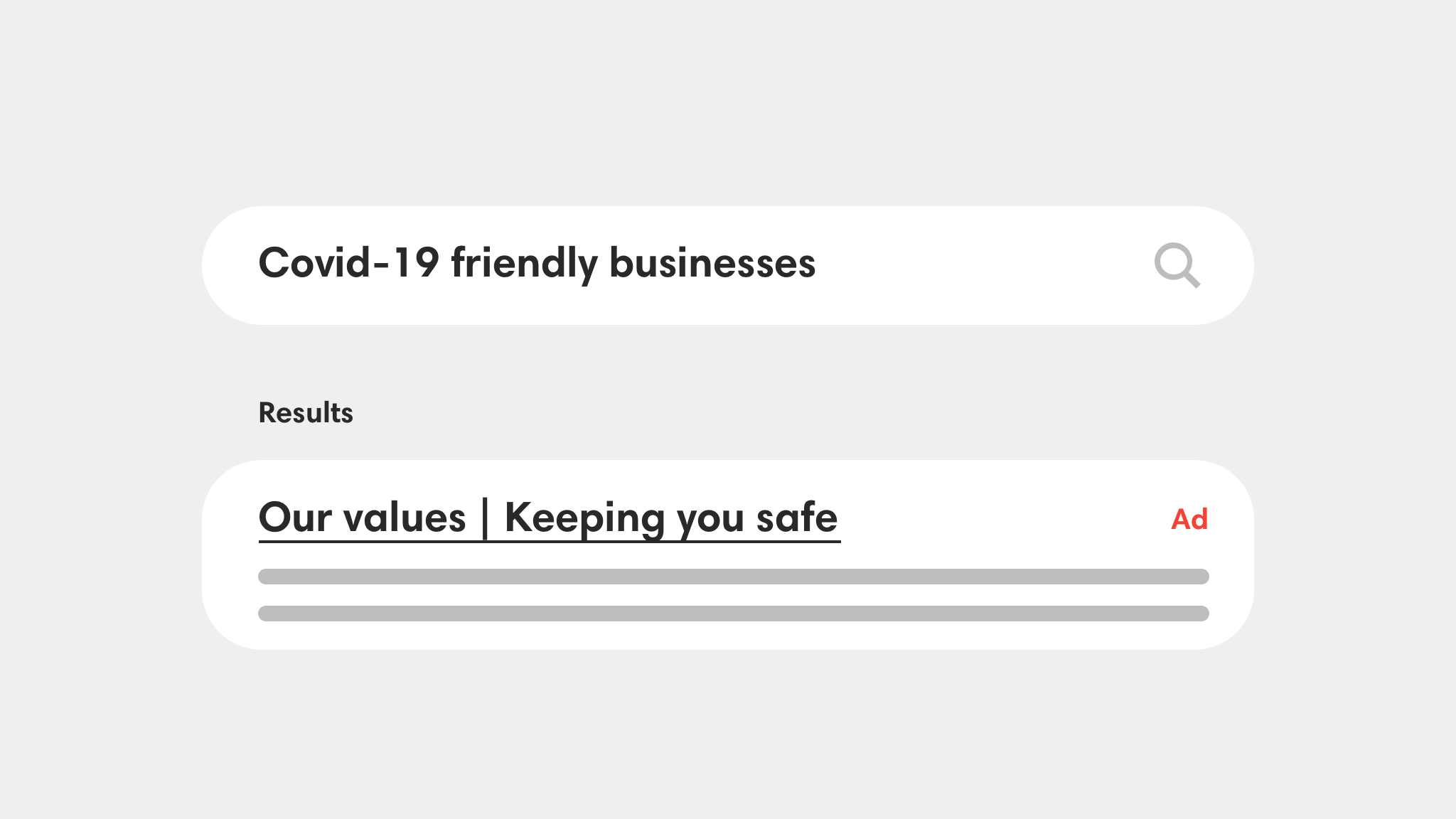
While quality, convenience, and price remain important factors in consumer decision-making, other aspects such as sustainability, trust and social responsibility are becoming increasingly relevant. Customers now want to know more about the businesses they buy from and what they stand for.
So, where does paid search come into this? Paid search is every marketer’s best friend as it’s easy to identify what campaigns are successful and measure ROI.
Because of the increase in web traffic during Covid-19, more brands used online channels to communicate their brand values with customers. This not only built up trust, but it also created a competitive market, forcing many marketing departments to rethink their strategies.
Now, as we look towards the future of digital marketing, many businesses are looking to combine paid search with brand marketing to get the most out of their budgets.
The customer experience should be at the heart of your business

A business is nothing without its customers.
That might be a bold statement but if you have nobody buying into your products or services, how do you picture your success?
Since the pandemic, it’s no secret that there has been a dramatic rise in the time we spend online. As we begin to adapt to the new normal, it’s crucial that businesses focus more energy on perfecting the digital customer journey as it now plays a fundamental role in the future of digital marketing.
People will become your biggest promoters if they enjoy their interactions with your brand across the whole customer journey. If you satisfy your customers, they’re more likely to tell others about you.
This results in long-term benefits for your business, such as increased brand loyalty, customer retention, and revenue.
It’s important to remember that you are constantly competing with your customer’s last best experience, so it’s crucial that your marketing strategy satisfies their wants and needs. After all, the customer is always right.
Social commerce is the new way to shop
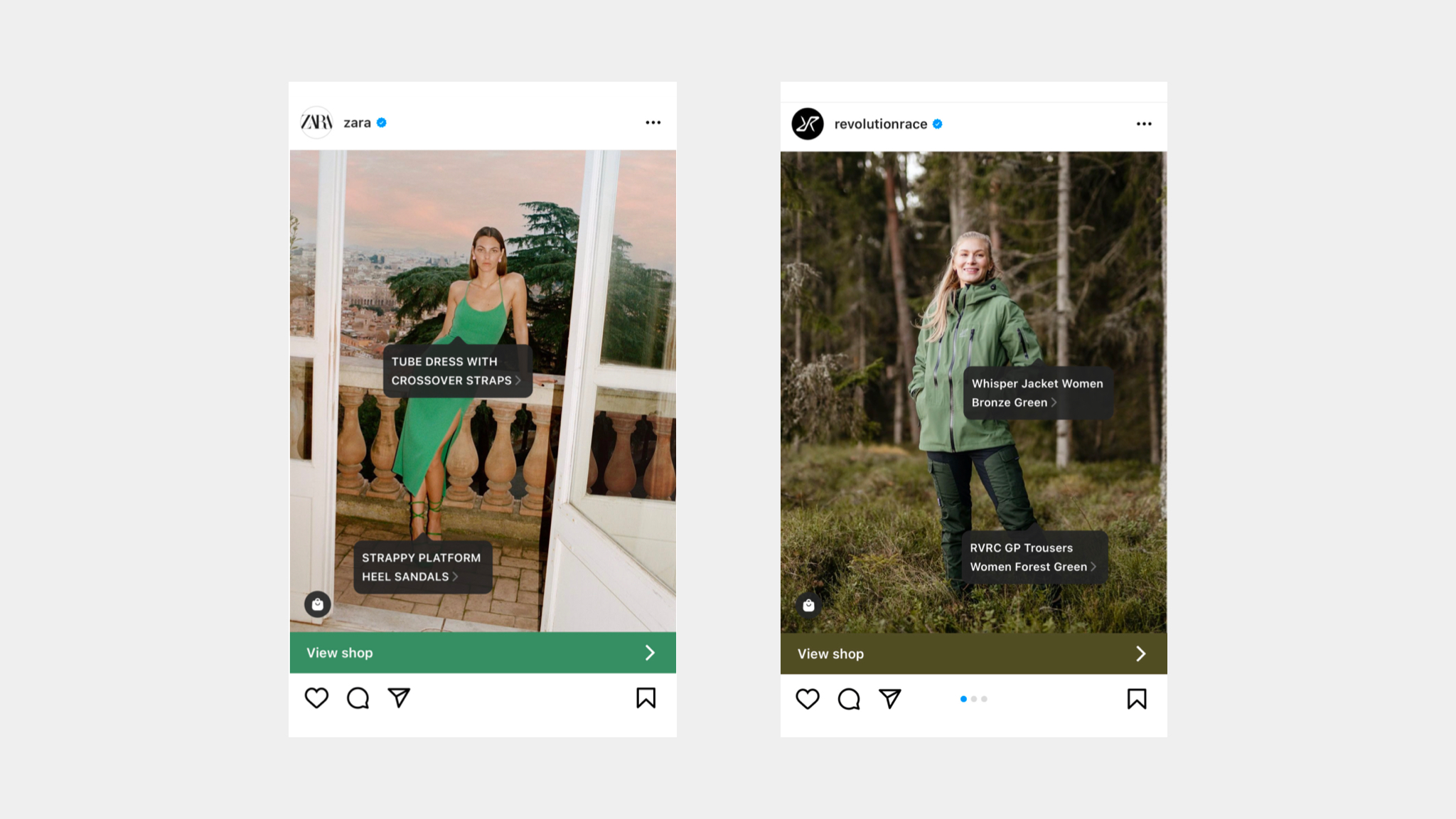
When we think about the future of digital marketing, social media is at the forefront.
Long gone are the days where inspiration would come from window shopping, with reports showing that a staggering 97% of Gen Z use social media to influence their shopping choices.
Excelling during the pandemic, social commerce opens up ample opportunities for brands wanting to connect with their audiences. Especially with the global social commerce market predicted to reach $2.9 trillion by 2026, brands must explore in-app purchasing if they want to stay ahead of the competition.
With the likes of Instagram, TikTok and Facebook now adding in the option of social commerce, they’re also becoming the platforms to host livestream shopping events, produce Reels on new products, with Snapchat even dipping their toes in the augmented reality pool.
The key for digital marketers is to not only introduce social commerce into their marketing strategies, but to also consider the impact of user-generated content and micro-influencers in pushing this content even further. To really succeed in a post pandemic landscape, putting your customers at the heart of your content is one sure way to achieve this.
Customer transparency is the key to engagement

In a post pandemic world, driving customer engagement can be challenging, especially as we’re all still navigating our way through.
One key method to increase engagement as we look towards the future of digital marketing is through transparency. Customers just want to get to know the face behind the brand and that’s not a bad thing. So let them in on how you operate, respond to their queries and ensure your website has all the relevant information – you’ll be rewarded with customer loyalty and trust in return.
Due to Covid-19 taking away so many choices, it’s imperative that you give this control back to your customers through hybrid experiences. For example, some customers may choose voice assistance whereas others might prefer to use speech recognition. Keeping up with current trends, technology, and most importantly, being open to what your customers want will help drive this engagement.
If we’ve inspired you to future proof your digital marketing, don’t hesitate and get in touch with Rawww. See how we could transform the way you connect with your customers.

